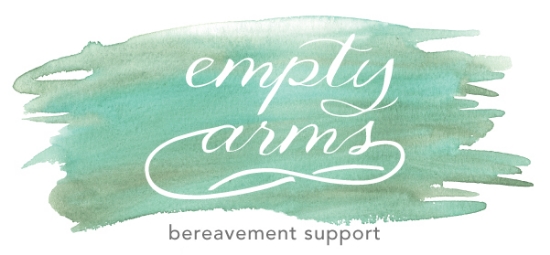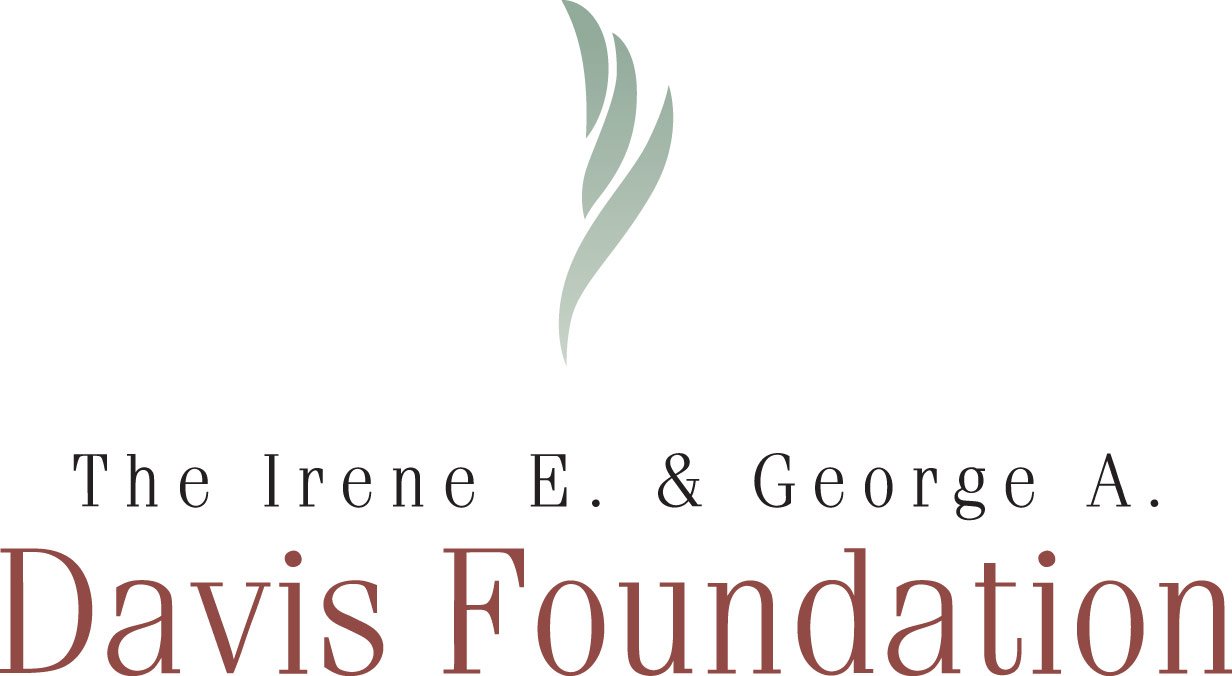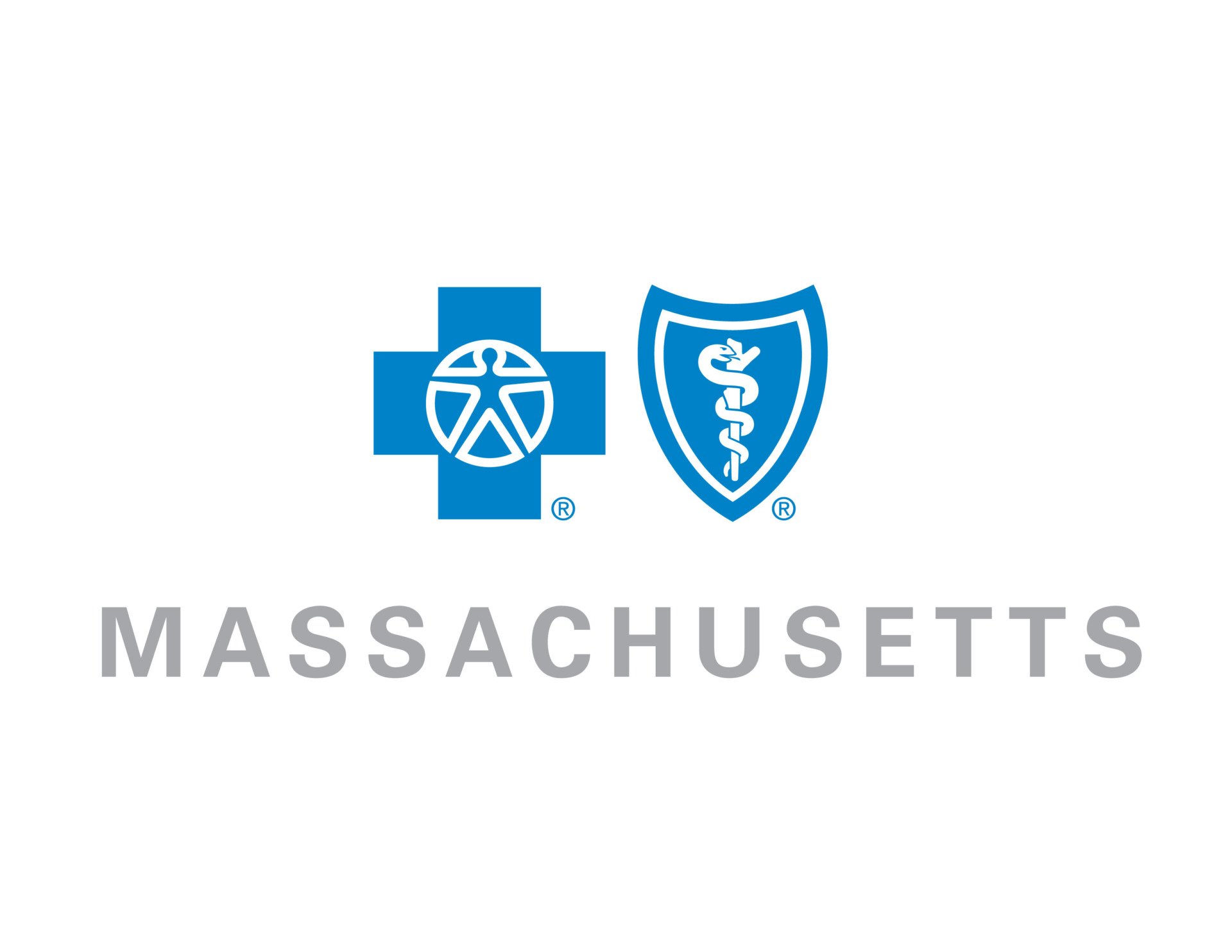Strategic Planning
Empty Arms Bereavement Support approved its first strategic plan in 2015, to guide our growth and development over the following three years. In 2019, we looked back at what we had accomplished, and created a new strategic plan for the next three years (2019 to 2021). Below, you can read that work. And now, midway through 2022, we are hard at work creating a framework for another three year plan, which will be implemented in 2023 and will run through 2026. Please stay tuned for more information about where we hope to head, and what we dream of accomplishing!
ABOUT
The Strategic Plan is comprised of four sections: Building Internal Capabilities, Expanding Our Reach Locally, Expanding Our Reach Nationally, and Financial Landscape. Within these four sections, the Committee has outlined key goals and strategies for improving the sustainability and strength of Empty Arms Bereavement Support internally, and increasing outreach and networking opportunities within the local perinatal loss community, as well as with other organizations nationally.
2015 Strategic Planning Committee: Carol McMurrich (Director), Beth Pellettieri (Development director), and Jean Monska (board treasurer)
2019 Strategic Planning Committee: Carol McMurrich (Director), Sarah Nichols (Project Coordinator), Jean Monska (Board Treasurer), and Monica Borgatti (Board President).
Building Internal Capabilities
At this moment in time, Empty Arms finds itself at the cusp of being able to provide resources for every family in the Pioneer Valley who experiences pregnancy or infant loss. As our programs expand, and we companion with and provide resources for increasing numbers of people, in the next three years we must proceed carefully to ensure that our staff, systems, and protocols are sufficient to support this growth that we are so proud to have accomplished.
Milestones from the past 3 years:
Through our companion work at our four community hospitals (Holyoke Medical Center, Cooley Dickinson, Mercy, and Baystate Franklin), and in the past year through our miscarriage outreach program, we are reaching more families than ever before. In the past three years we have significantly expanded our trainings for medical practitioners and increased our support group offerings. We also opened our own office space at 140 Pine St. in Florence, which has provided a wonderful base for all activities. We have financially invested in paying support group facilitators, and we hired four new support group facilitators!
GOAL 1: Expand and strengthen peer companion program
STRATEGIES
1. Create written manual for peer companions (Completed June 2019)
2. Hold yearly training for peer companions, and recruit at least five new companions for 2019, with a priority for bilingual companions (completed for 2019: recruited Gloria, Yahayra and Bevely, all bilingual. 2020 added Lisa Weigel, Meeyoung Kim, Dana Carnegie. )
3. Recruit more professional photographers, particularly from Hampden county (successful and ongoing) .
4. Hold biannual meeting of all peer companions to share stories, answer questions, collaborate on best practices (in place: amended to include 3 companion meetings in addition to a whole-team retreat) .
5. Establish a private Facebook group or email thread between companions as a means for peer companions to regularly connect, debrief, and decompress as necessary (plan revised).
6. Identify and train companions for Miscarriage and Termination for Medical Reasons (TFMR), and devise system for parents to directly connect with those folks (accomplished— through phone/email outreach).
7. Identify and address barriers to peer companions’ ability to companion. Discuss options for easier payment practices, and possibilities for childcare or phone assistance (in progress).
GOAL 2: Expand board
STRATEGIES:
Collect demographic information from our current board members and compile a matrix of the information to assess the strength and opportunities of our current board make-up (completed October 2019).
Use the data from our board matrix to intentionally reach out to potential new board members who would make our board representation diverse in gender, age, race/ethnicity, and areas of expertise (completed October 2019- added Adam Baker, Meeyoung Kim).
Arrange for board term limits through updated bylaws which will help ensure seamless transitions as new members join and long-standing members step down (accomplished May 2019).
GOAL 3: Acquire extra staffing and technical assistance
STRATEGIES:
1. Hire a bookkeeper to help with payroll and taxes (completed April 2019, first bookkeeper replaced December 2019, third bookkeeper brought on September 2022).
2. Establish a group of EA volunteers and interns (accomplished Summer 2019).
3. Identify one or more parents to run Facebook Groups (post regularly), and also to blog—particularly parents who have experienced miscarriage and/or TFMR (accomplished 2021).
4. Get Quickbooks and expanded packages for Neon and Mailchimp (Quickbooks acquired April 2019) (determined we would keep MailChimp and traded Neon donor software for Bloomerang/Givebutter platforms)
5. Creation of a governance committee to review Empty Arms procedures and recommend policies to support the legality, efficacy and longevity of the organization (accomplished 2019).
GOAL 5: Support the work of our fantastic parent fundraising volunteer committee.
Create a protocol for acknowledging/thanking volunteers, and provide funding in the budget to do so .
Create a Parent Volunteer Committee with a board participant/ liaison.
GOAL 6: Streamline Data
STRATEGIES:
1. Formalize process for collecting new participant data from support groups, emails, phone calls, and companion calls (accomplished: hired Veronica Lee to do all of our data work) .
2. Organize all organizational documents
3. Complete full update of participant database (completed summer 2019)
Expanding Our Local Role
Empty Arms Bereavement Support is well known within the Pioneer Valley as being a thoughtful, respectful, and compassionate place for support and care during a family’s most difficult time. As we build our capabilities, it is critical that we continue to build that reputation, and ensure that families are able to find our resources for support. In the next three years, the Board of Directors and staff will focus on new opportunities to reach families in crisis, and to more effectively outreach to those in our network.
Milestones from the past 3 years:
We have made great strides in our outreach to various communities. We started a support group specifically for TFMR parents, and hired three new bilingual (Spanish speaking) and bicultural peer companions. Thanks to support from the CFWM, we partnered with 20 local OB-GYN clinics to provide miscarriage comfort kits with the new “Making It Through Your Miscarriage” booklet, and created a more robust referral network for early loss patients. From 2006-2014 (over the course of 8 years) we served a total of 200 bereaved families. In just the past 3 years, from 2015-2018, we’ve served an additional 200 newly bereaved families, so our capacity has grown significantly. This is likely due to a higher referral rate and successful outreach efforts. We also hosted our first daylong retreat for families.
GOAL 1: Expand companion program and provider trainings to Baystate Medical Center in Springfield (ongoing)
GOAL 2: Continue miscarriage outreach (summer 2020)
STRATEGIES:
1. Continue comfort kits for early loss
2. Get “Making It Through Your Miscarriage” Booklet available on our website for download (completed)
3. Outreach to Emergency Rooms to book trainings and distribute medical supply kits (postponed due to pandemic)
GOAL 3: Outreach to families we are not currently serving
STRATEGIES:
1. Outreach to mental health organizations across Hampden and Franklin counties as well as Hampshire county, packet with program descriptions and brochures for clinicians. (fall 2021)
2. Network with organizations serving queer and POC parents, focus on Holyoke, Springfield, and Greenfield.
GOAL 4: Arrange annual trainings (both ER and L & D) at partnered hospitals to ensure continued readiness (2021)
Expanding Our National Role
The social trends and status quo around loss are slowly changing. More than ever, we see families being open and sharing the news of their miscarriage, stillbirth or early infant loss, not only to family, but also to their broader networks. As we are a current leader in the field, this provides a unique moment for Empty Arms Bereavement Support to grow as an important resource and model of care in the perinatal loss community. In the next three years, the organization will continue to leverage and expand our connections regionally and locally to grow our partners, and become a stronger voice and advocate for those we serve.
Milestones from the past 3 years:
We’ve attended the past 7 Partners in Perinatal Health conferences, as well as the previous 3 Pregnancy Loss and Infant Death Alliance (PLIDA) conferences. Carol presented a seminar at PLIDA 2018. Share (a national network for perinatal loss support organizations) partnered with us to produce a presentation on running support groups. We have given trainings across New England and the Eastern Seaboard. Our written materials are used at hospitals across the country.
GOAL 1: Increase use of Empty Arms trainings and written materials nationally
STRATEGIES
1. Edit support group curriculum based on facilitator feedback, and then set up online & print purchase options (completed summer 2019)
2. Reach out to support group facilitators around the country to inquire about interest in curriculum (completed Summer 2020)
3. Complete edits to the journal for bereaved parents, make available by pdf and hard copy for purchase. Complete a social network and nonprofit promotion (postponed)
4. Film trainings for medical professionals and get CEUs approved. Do outreach to hospitals regarding in person and online trainings. (postponed/potentially re-thought due to Zoom ability)
Financial Landscape
In the past three years our financial priorities have expanded to create sustainability for the organization through paid staff positions, companion and facilitator stipends, and the acquisition of our own office/meeting space. In our next three years, we will continue to assess/ refine our financial needs as an organization, seeking necessary funds from a combination of individual donations, grants, and institutional support.
Milestones from the past 3 years:
We have been very successful in our giving campaigns (Valley Gives Day and Giving Tuesday). We also secured several large grants from the Howard Stark Foundation, Community Foundation of Western MA, and the John E. Sackett Foundation. Smaller grants have also come from Blue Cross Blue Shield, Baystate Health, and the Sinai Temple of Springfield. In 2018 we had our inaugural Syrup Stampede 5k, which raised nearly $30,000! In the past three years, our budget has increased significantly.
GOAL 1: Make a financial plan to account for the end of Valley Gives Day
STRATEGIES
1. Create an annual fundraising plan to include mailed and emailed appeal letters
2. Build a monthly /ongoing donor network
GOAL 2: Strengthen relationship with donor base
GOAL 3: Build on grant success




